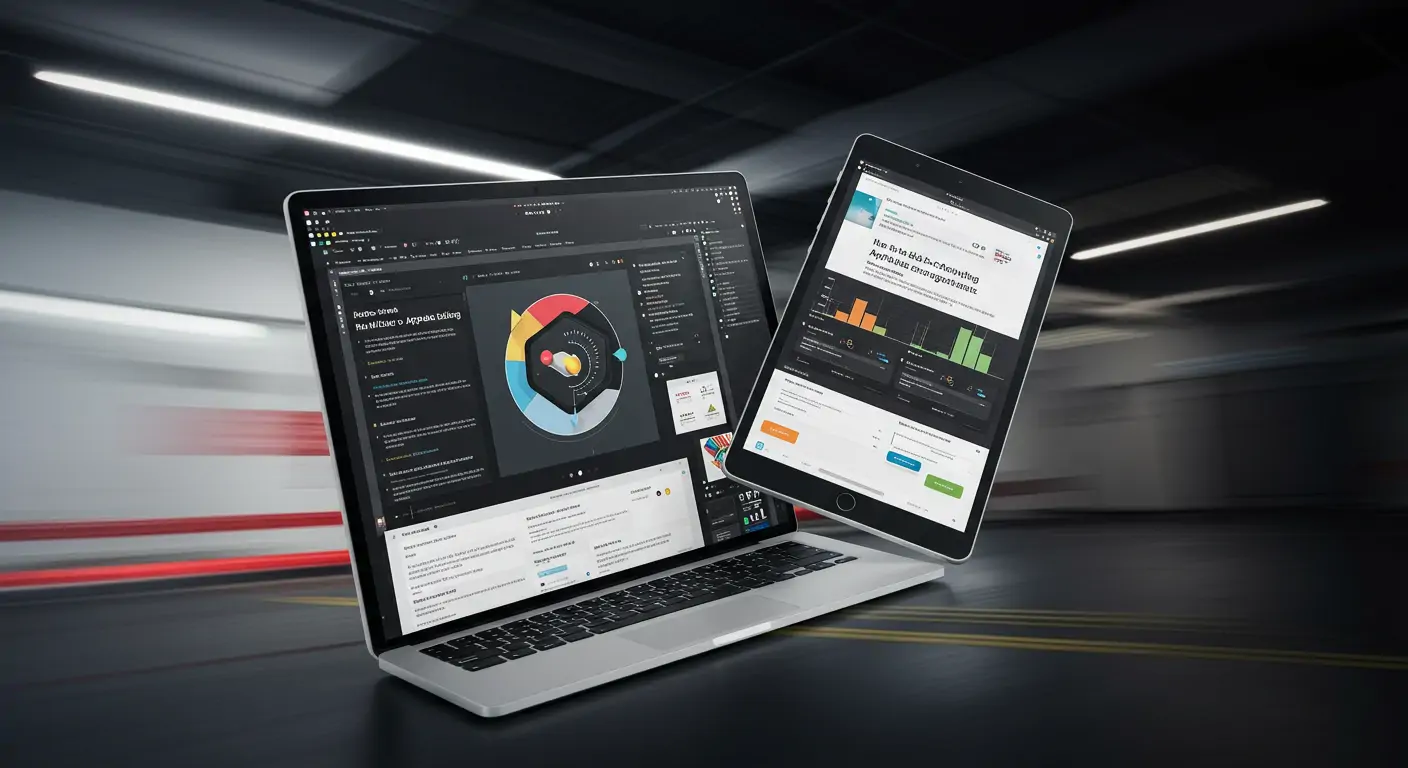Introduction: Why This Matters Now
In June 2024, Statista reported a staggering 45% increase in demand for AI-powered cross-platform development frameworks. As businesses strive for efficiency, these frameworks are set to dominate the app development landscape by 2025, enabling developers to create apps that work seamlessly across multiple platforms. The shift is poised to impact software developers, tech companies, and end-users significantly.
Read time: 15 minutes
Key Drivers: What's Fueling This Trend
Driver 1: Economic Efficiency
The global push for cost reduction has led companies to embrace unified frameworks. According to a Gartner report (May 2024), businesses adopting AI-driven cross-platform tools have cut development costs by up to 30%.
Driver 2: Technological Advancements
Advancements in AI algorithms allow for real-time code optimization. As noted by Forrester in March 2025, these technologies reduce development time by 40%, increasing agility in product launches.
Driver 3: Demand for Consistency
Consumers expect seamless experiences across devices. Unified frameworks ensure consistent app performance, a priority highlighted in Deloitte's 2024 consumer report.
The Current State: What's Happening Right Now
Major players like Flutter, React Native, and Xamarin are leading the charge. Microsoft reported in Q1 2025 that 55% of new apps in their ecosystem used cross-platform frameworks. Traditional development methods are struggling as businesses pivot toward more agile solutions.
Real-World Impact & Case Studies
Case Study 1: Spotify
- Spotify integrated AI-powered tools in 2024 to streamline their app's performance across platforms.
- Resulted in a 25% reduction in loading times, enhancing user satisfaction.
- Key lesson: Strategic integration of AI in development can significantly enhance user experience and operational efficiency.
Case Study 2: Airbnb
- In early 2025, Airbnb adopted a unified framework, boosting feature update speed by 35%.
- They reduced their multi-platform maintenance costs by 20% annually.
- Key lesson: Unified frameworks offer substantial cost savings and operational streamlining.
Challenges & Criticisms
While promising, these frameworks face criticisms for potential security vulnerabilities. Some experts argue that centralized codebases may become targets for cyber attacks, a concern raised at the RSA Conference 2025. Additionally, there's skepticism about the adaptability of legacy systems to new frameworks.
Future Outlook: What's Next
Over the next 12 months, we expect a 15% increase in adoption rates as more companies recognize the benefits of cross-platform development. By 2027, unified frameworks could potentially support 80% of new applications, driven by ongoing AI advancements and market demand.
Frequently Asked Questions
- How are unified frameworks improving app development? They streamline code and maintenance across platforms.
- What are the security risks? Centralized codebases may be more vulnerable to attacks.
- Can legacy systems adopt these frameworks? With proper transition strategies, yes.
- How will this affect developer skills? Developers should focus on learning AI integration and cross-platform tools.
Conclusion: Key Takeaways
- AI-powered cross-platform development will become a standard by 2025.
- Businesses should prepare for a shift to these frameworks to remain competitive.
- Developers need to upskill in AI and related technologies.
For more insights, consider reviewing industry reports or attending tech conferences focused on AI advancements.




